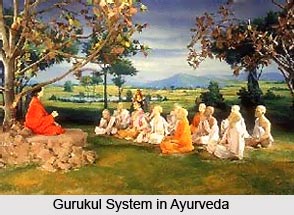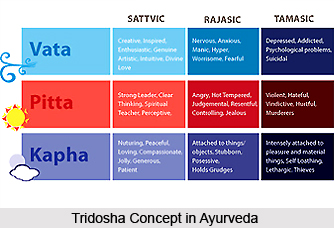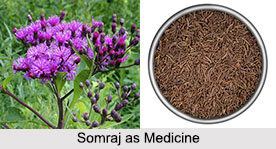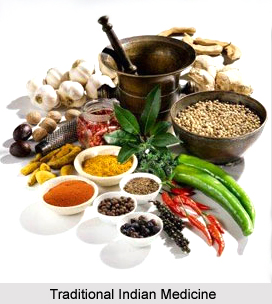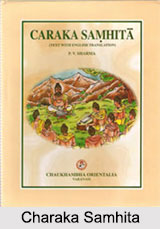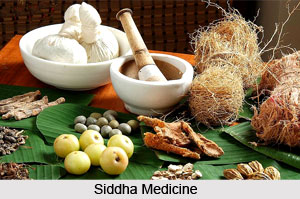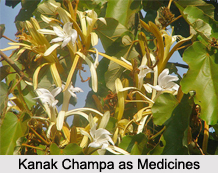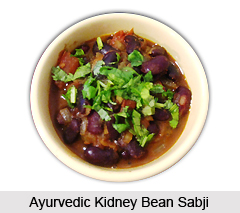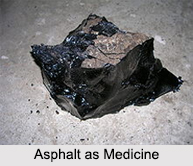 Changeri is an important medicinal herb of Ayurvedic system of medicine. It is botanically identified as Oxalis corniculata. Its medicinal usages are reported in different traditional systems of medicines such as Unani, Ayurveda and Siddha. The leaves of Oxalis corniculata are used as a pot-herb. This plant is mentioned in Charaka, Sushruta and Bhagvata Samhita among the vegetable category.
Changeri is an important medicinal herb of Ayurvedic system of medicine. It is botanically identified as Oxalis corniculata. Its medicinal usages are reported in different traditional systems of medicines such as Unani, Ayurveda and Siddha. The leaves of Oxalis corniculata are used as a pot-herb. This plant is mentioned in Charaka, Sushruta and Bhagvata Samhita among the vegetable category.
Health Benefits of Changeri
In Ayurveda, it is described to treat anorexia, indigestion, piles, rheumatic arthritis, skin diseases and diarrhoea. Changeri or Indian Sorrel leaves has cold, refrigerant, anti-scorbutic, appetizing, astringent, antifungal, antimicrobial and wound healing activities.
Changeri are considered cooling, refrigerant, appetizing and stomachic. The fresh juice of the leaves is given to relieve intoxication from datura, and is said to be useful in dysentery and prolapsus of the rectum, for which it is recommended by most writers. It stops the need for straining the sticky discharge from anus and anal ache and clears urinary obstructions.
Processing of Changeri Ghrita
Changeri Ghrita is an Ayurvedic medicine; in herbal ghee form. This medicine has ghee as its base. It is used for preparatory procedure for Panchakarma and also as medicine. This preparation is said to be useful in diarrhoea, dysentery, prolapsus of the rectum, tympanites, piles and difficult micturition. Chakradatta gives the following formula for preparing a ghrita with this medicine.
Changeri ghrita: Take of clarified butter 4 seers, the fresh juice of Oxalis corniculata 4 seers, curdled milk called "Dadhi" 16 seers and the leaves of Oxalis corniculata reduced to a paste one seer. Boil them together in the usual way and prepare a ghrita.
The Bhabaprakasa gives the following process for preparing a compound ghrita: Take of the fresh juice of Oxalis corniculata, decoction of jujube fruits and ginger, alkaline water and curdled milk, each 4 seers, clarified butter 4 seers and prepare a ghrita in the usual way. It is recommends for use in prolapse of the rectum.
This article is a stub. You can enrich by adding more information to it. Send your Write Up to content@indianetzone.com
Related Articles
Origin of Ayurveda
Ayurveda Medication
Elements of Ayurveda
Concepts of Ayurveda
Ancient Literature of Ayurveda
Sushruta Samhita

